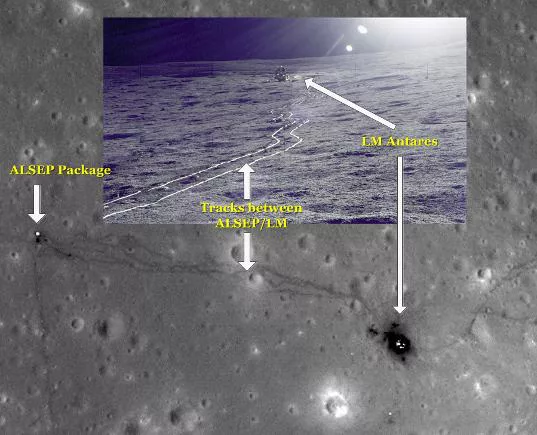Look at you, frantically googling and then running back here to post incomplete information that you frantically acquired in just 40 seconds.
Obviously, before this thread you had absolutely no idea there were radiometric dating techniques besides carbon 14, which is only used for organic matter.
When you date discrete mineral crystals, you don't have to worry about the rock cycle, because you are dating the time of crystal formation, not rock formation. You can get dates on sedimentary rocks which are recycled rock material by dating volcanic ash layers embedded in the sedimentary strata.
Common radiometric isotope techniques used on rocks and minerals include Uranium 235, rubidium 87 and potassium 40. These methods are sufficient to date rocks billions of years old.
,
https://www.nps.gov/subjects/geolog...um-strontium method has,atom of a new isotope.





